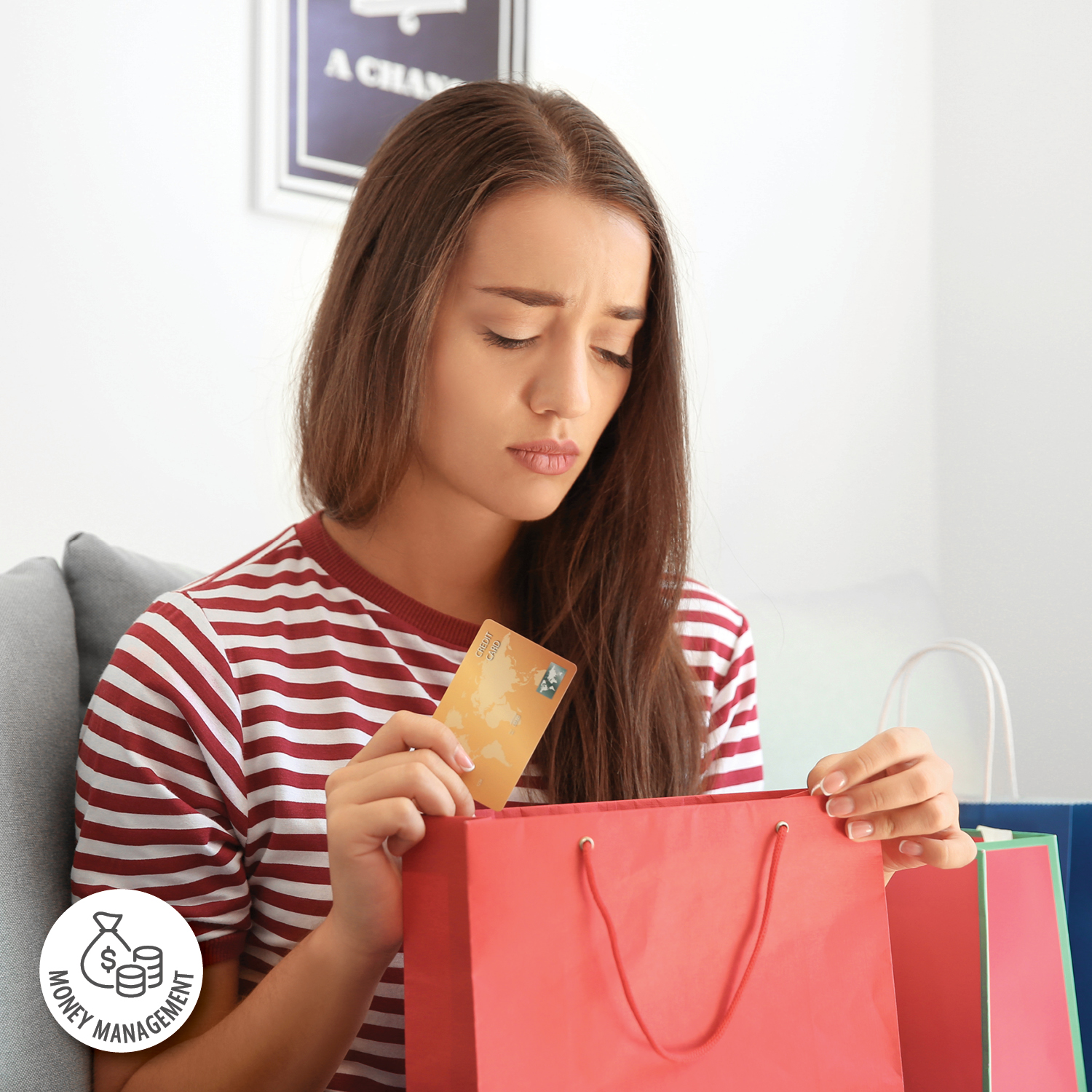Am I a Shopaholic?

Q: I often just can’t resist the urge to splurge when I see the latest deals showing up in my inbox. I am also prone to putting every retailer app on my phone so I can get all the deals and rewards. I’m starting to wonder if I am a shopaholic who’s addicted to retail therapy. What do you think?
A: In today’s increasingly digital world, shopping is an activity that is accessible at any time and anywhere. Unfortunately, though, this can make shopping addictions more widespread. A true shopaholic will feel an irresistible urge to shop and spend money, which will often have a negative impact on their financial stability and personal well-being.
But how can you tell if you’re just a recreational shopper or you have an actual addiction?
Here’s how to tell if you’re a true shopaholic and steps to take to curb the behavior.
Seven signs you may be a shopaholic
1. Compulsive spending
An everyday act turns compulsive when it’s done for no apparent reason. Shopping for one more outfit to add to your wardrobe when it’s already bursting is not compulsive. But purchasing three sound systems for your home or seven sets of luggage when you can’t possibly use them all is likely a compulsive act.
In addition, spending may be compulsive if the shopper is making purchases that are not within their means, such as using rent money for yet another pair of shoes.
2. Shopping for emotional relief
The brain releases dopamine with each new purchase. While this is normal, being addicted to that high is not. If you often shop to escape stress, anxiety, boredom or depression, it might be a sign of compulsive shopping.
3. Loss of control
If you know you’re buying stuff you don’t need and/or can’t afford, but you can’t stop yourself from making those purchases, you may have a shopping addiction.
4. Preoccupation with shopping
If your mind is constantly occupied with sale events, stores to check out and shopping plans to the point where you can’t focus on your daily responsibilities and obligations, this can be a compulsion.
5. Hiding or lying about purchases
Shopping should not be an act of shame. Signs of a true shopping addiction include lying about purchases and hiding them from your family and friends.
6. Financial issues caused by shopping
If you have a shopping addiction, you may be deeply in debt, or even in danger of losing your home or car, because of your shopping.
7. Regretting purchases
Like most addictions, a shopaholic will lose the high they get from shopping soon after making a purchase and then regret making it. This wave of negative emotions can send them right back into the cycle of compulsive shopping.
Treating compulsive shopping
Recognizing you might be a shopaholic is the first step toward managing the behavior. If your shopping compulsion is interfering with your day-to-day functioning, seek help from a mental health professional. However, if you catch it early enough, you may be able to reverse the compulsion on your own. Here’s how:
- Set a budget. Create a realistic budget that includes essential expenses and limits discretionary spending. Stick to this budget and track your expenses to keep yourself accountable. Don’t be afraid to take drastic steps to ensure you don’t go over budget, such as using cash only and locking away or canceling your credit and debit cards, until you’ve overcome the addiction.
- Avoid triggers. Identify situations or emotions that trigger your shopping urges and find alternative ways to cope. For example, if you shop when you’re bored, find a new hobby or engaging activity. If you feel the need to hit the stores after spending time with a specific person, or after spending time on social media, be sure to take steps to avoid feeling triggered.
- Seek support. Talk to friends and family about your shopping habits. Support from others can provide accountability and encouragement.
- Delay purchases. Implement a mandatory waiting period before making a purchase. For example, wait 24 hours before buying anything you’re considering. This can help reduce impulse buying and give you time to reconsider whether you really need the item.
- Find alternative outlets. Replace shopping with healthier activities that provide emotional relief, such as exercising, reading or spending time with loved ones.
Determining whether you are a shopaholic involves honest self-reflection and recognition of the signs of compulsive shopping. Use our guide to learn how to tell if you’re a shopaholic and take the necessary steps to remedy the behavior.
